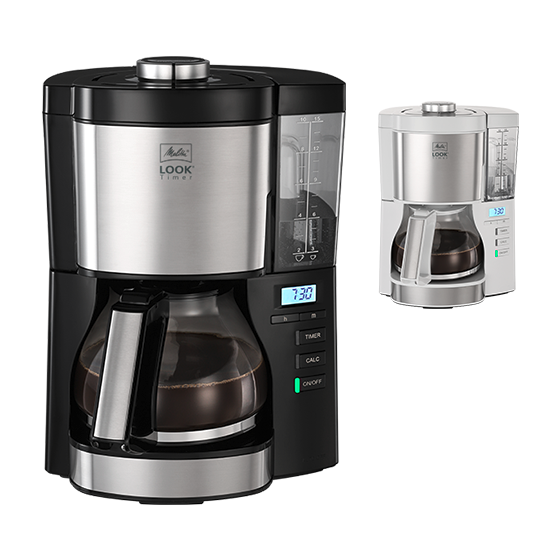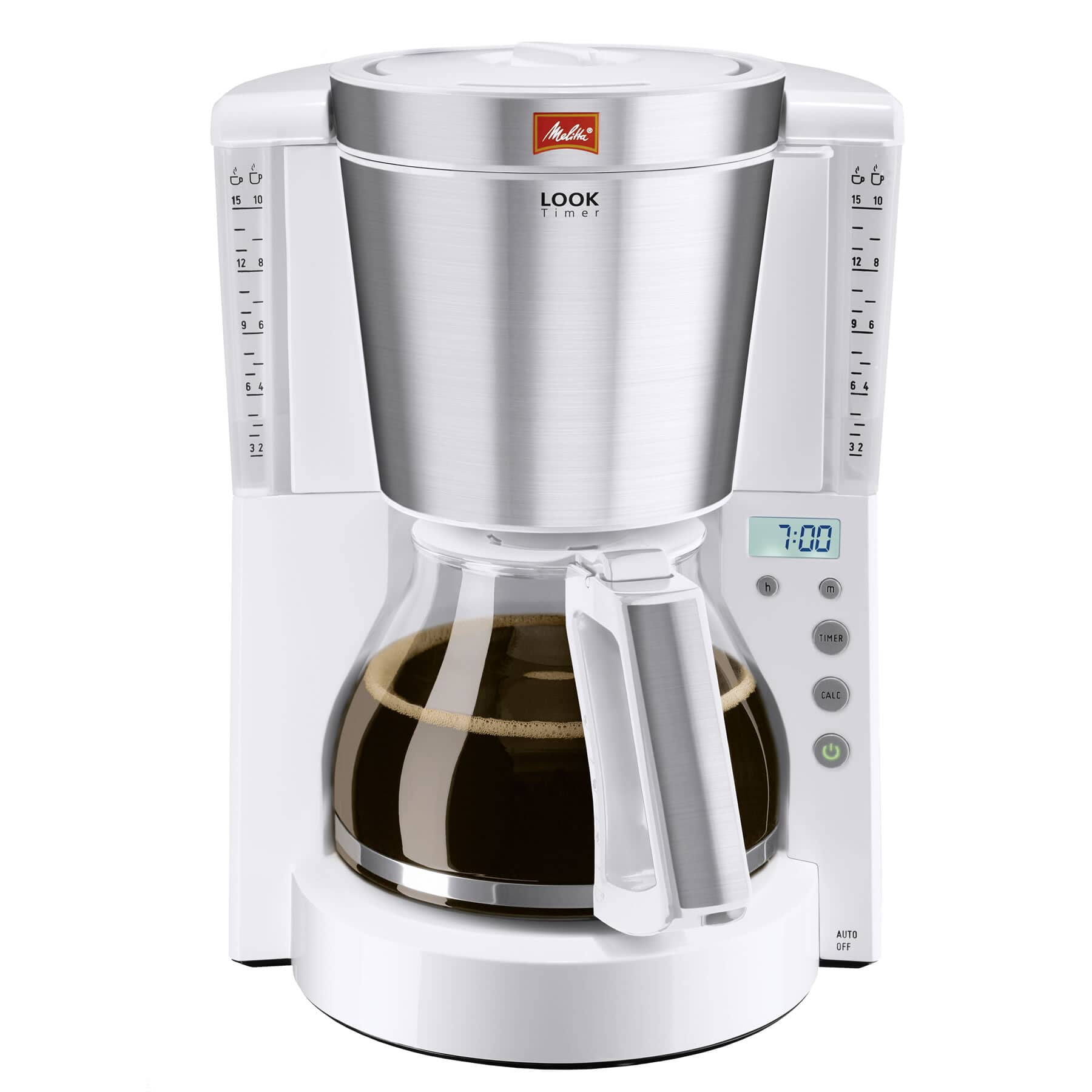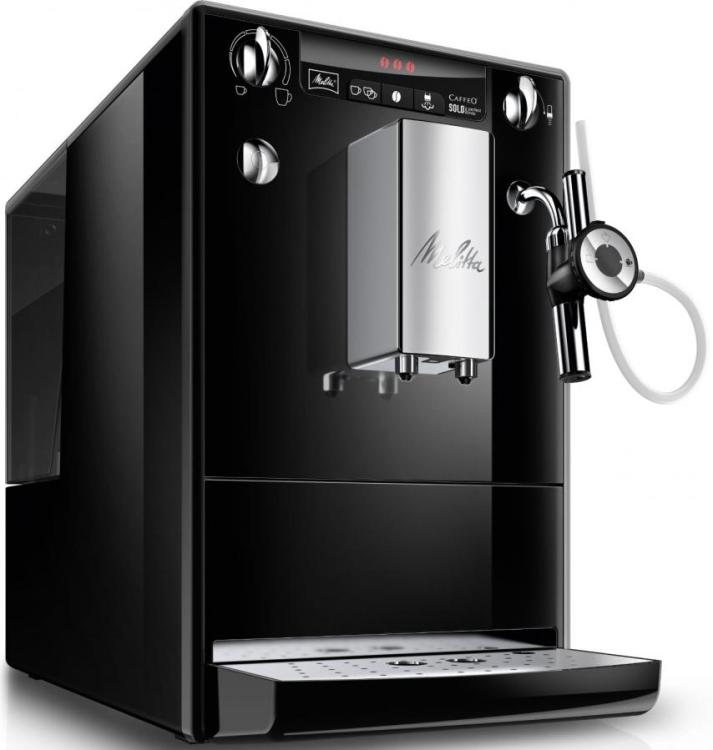
#Melitta expresso maker how to#
Here's how to decalcify a drip coffee maker, in seven steps:

Forte's trick: good ol' reliable white vinegar. To get things back in tip-top shape, you need to cleanse and decalcify the machine. Over time, hard water minerals can build up in your machine's inner workings, and you may notice that your coffee takes longer to drip. Step 2: Decalcify your machine once a month with vinegar. And don't forget to wipe down the outside and the warming plate where spills can burn on." She also recommends leaving the reservoir's lid open so it can dry out completely after each use! "You can hand wash at the sink with warm and soapy water, but usually the pieces are dishwasher-safe. "This is important because it helps remove coffee, grinds and oil that are left behind," says Forte. Step 1: Wash removable parts with dish soap after every use. Forte also mentioned, that it's best to check cleaning instructions from your coffee maker's manufacturer, as all machines are slightly different. Carolyn Forte, Executive Director of the Good Housekeeping Institute Home Appliances & Cleaning Product Lab, says with a little bit of water, soap and vinegar, you will be good to go. To ensure your morning mug contains no hidden surprises, you'll want to clean your machine on a regular basis.

And don't forget about cleaning your travel mugs, too! How to Clean a Coffee Maker

Wondering how to deep clean a K-cup machine?We've got you covered: Follow our guide to cleaning Keurig coffee makers. Follow the steps below to clean a standard drip coffee maker. To avoid unwanted bacteria, make sure to keep up with routine cleanings of your coffee maker. While on a small scale, yeast and mold generally won't seriously impact your health, they can cause an allergic reaction for some. Coffee build-up can cause your cup to taste bitter, or worse, there could be yeast and mold hiding in the reservoir, according to a 2011 study by NSF. But it's actually super important to clean your coffee maker not only for the health of your machine but also to keep the taste of your morning brew fresh. Your coffee maker is used daily, but it's an appliance that probably doesn't get a good cleaning very often (after all, how much of a mess can coffee and water really make, right?).


 0 kommentar(er)
0 kommentar(er)
